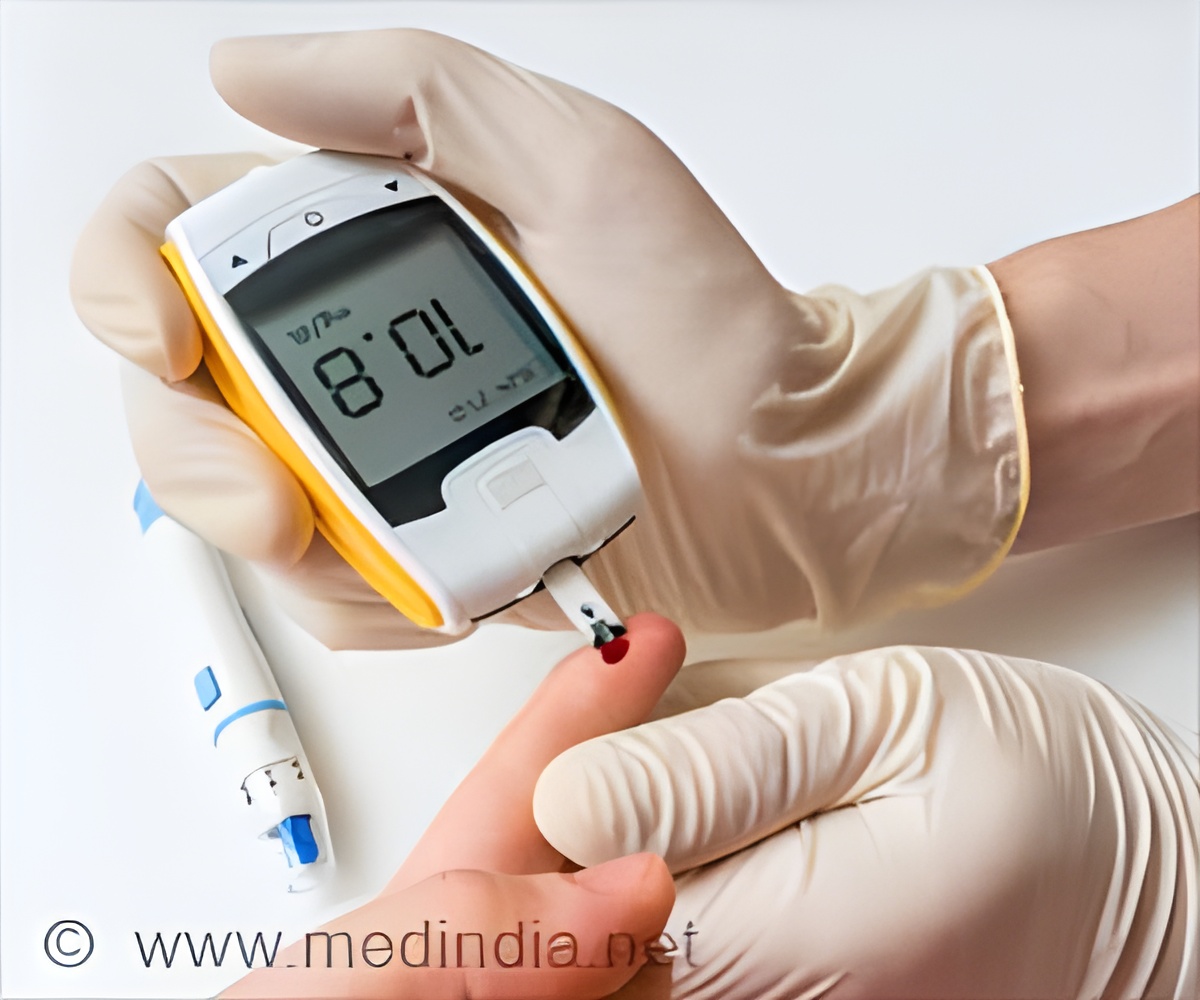Some benefits of aerobic exercise could be dampened by higher-than-normal blood sugar levels, a condition known as hyperglycemia, reports a new study.

‘Adopting a diet designed to keep blood sugar levels low can eventually help overcome the obstacles to building aerobic capacity.’





These diminished gains are seen in mouse models and humans with chronic hyperglycemia that is in the "prediabetes" range, says Sarah Lessard, Ph.D., a Joslin assistant investigator in the section of Clinical, Behavioral and Outcomes Research and senior author on a paper in Nature Metabolism that presents the work. The study also showed that this maladaptive trait is independent of obesity and insulin levels in the blood.Clinical studies have demonstrated that people with diabetes or chronically high levels of blood sugar struggle to improve their aerobic exercise capacity compared to people with normal blood sugar levels. "The idea behind this study was to see if we induce high blood sugar in mice, will we impair their ability to improve their aerobic fitness?" says Lessard, who is an assistant professor of medicine at Harvard Medical School. The study also aimed to uncover the mechanisms that may lead to low fitness levels in people with hyperglycemia.
Her team used two mouse models that reflect the two major causes of hyperglycemia in humans. One group of mice consumed a Western diet, high in sugar and saturated fat, which caused some weight gain in addition to hyperglycemia. The other group was modified to produce less insulin, which caused similar increases in blood sugar as the Western diet, even though the mice ate a diet lower in sugar and fat, and maintained normal body weight. Both groups were subjected to a training protocol in which they ran in wheels in their cages to boost their aerobic fitness.
In both hyperglycemic groups, animals ran around 500 kilometers over the course of the study but, on average, failed to improve their aerobic exercise capacity compared to mice with lower blood sugar levels, Lessard says.
Looking in more detail at a skeletal muscle in these mice, she and her colleagues saw that the muscle was not adapting to the aerobic challenge as muscle normally would.
Advertisement
The scientists propose that high levels of blood sugar may prevent muscle remodeling in part by modifying the "extracellular matrix" proteins in the space between the muscle cells, where blood vessels are formed.
Advertisement
Following up on these animal findings in clinical tests with young adult volunteers, the Joslin scientists found that those who had higher blood sugar levels in response to ingesting glucose, a condition known as impaired glucose tolerance, showed the lowest aerobic exercise capacity. "Looking at how their muscles responded to a single bout of typical aerobic exercise, we also saw that those with the lowest glucose tolerance had the highest activation of the JNK signaling pathway, which blocks aerobic adaptations," she says.
"The good news is, although our mouse models of hyperglycemia failed to improve aerobic fitness with training, they still achieved other important health benefits from the exercise, including decreased fat mass and improved glucose metabolism," Lessard says. "So, regular aerobic exercise is still a key recommendation for maintaining health in people with or without hyperglycemia." It is important to note that people with hyperglycemia also can benefit from other forms of exercise, such as strength training, which is recommended for maintaining health, she says.
Overall, the study suggests several approaches that might help people with chronic hyperglycemia eventually overcome the obstacles to building aerobic capacity. One is to adopt a diet designed to keep blood sugar levels low. Another is to take existing diabetes drugs designed to keep blood sugar levels in normal ranges.
"We often think of diet and exercise as separate ways to improve our health," Lessard says. "But our work shows that there is more interaction between these two lifestyle factors than what was previously known, and suggests that we may want to consider them together in order to maximize the health benefits of aerobic exercise."
Source-Eurekalert















